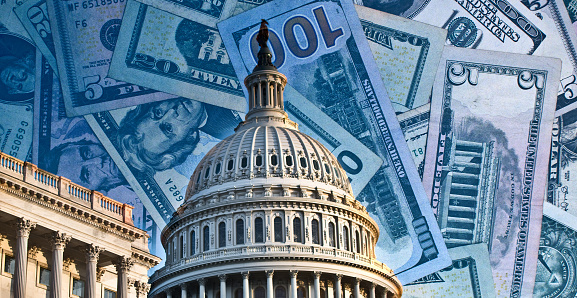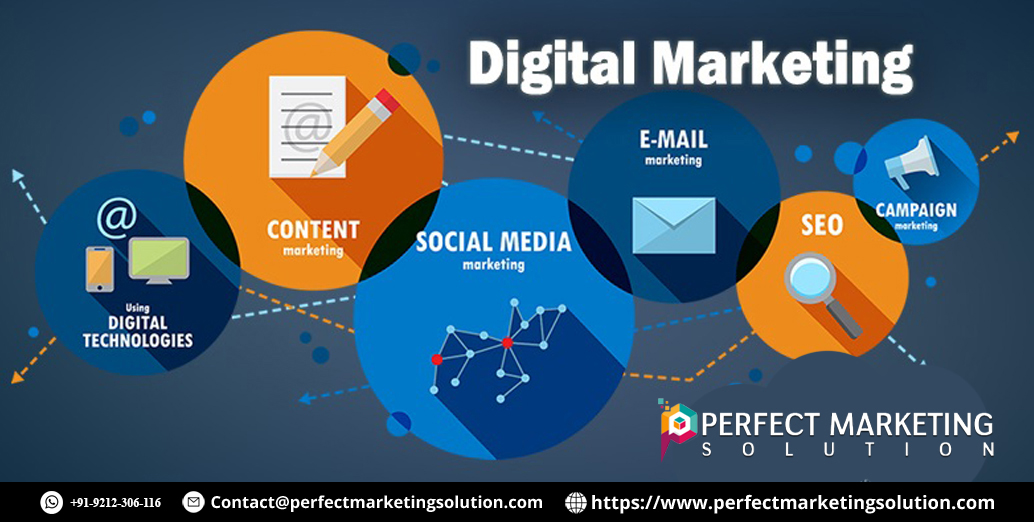In the competitive landscape of digital marketing, capturing your audience's attention and motivating them to take action can be challenging. One effective strategy that has stood the test of time is the use of scarcity and urgency in your email copy. By leveraging these psychological principles, you can create a sense of immediacy that encourages recipients to act quickly, ultimately boosting your conversion rates. This article will explore the concepts of scarcity and urgency, how to effectively incorporate them into your email marketing strategy, and best practices to ensure success.
Understanding Scarcity and Urgency
Scarcity and urgency are two powerful psychological triggers that influence consumer behavior. Scarcity refers to the limited availability of a product or offer, while urgency emphasizes the time-sensitive nature of a promotion. Together, these elements create a compelling reason for recipients to act quickly, fearing they might miss out on a valuable opportunity.
The Psychology Behind Scarcity and Urgency
Psychologically, the fear of missing out (FOMO) is a strong motivator for consumers. When people perceive that an opportunity is limited, they are more likely to take action to secure it. This behavior is rooted in our evolutionary instincts; throughout history, access to resources was often limited, making individuals more inclined to seize opportunities when they presented themselves. By understanding this psychological framework, marketers can craft messages that resonate with their audience’s innate desire to avoid regret and loss.
Identifying Opportunities for Scarcity and Urgency
Before crafting your email copy, it's essential to identify opportunities where you can effectively implement scarcity and urgency. Consider the following scenarios:
Limited-Time Offers
Limited-time promotions create a sense of urgency, encouraging recipients to act quickly before the opportunity expires. For example, announcing a special discount or exclusive access to a product for a short period can prompt immediate action.
Limited Stock Availability
When a product has low stock levels, highlighting this scarcity in your email copy can motivate consumers to purchase before the item runs out. This tactic works particularly well for popular or high-demand products.
Exclusive Access
Providing exclusive access to a sale or event can create urgency among your audience. This could involve early access for email subscribers or members of your loyalty program, prompting them to take action to secure their spot.
Countdown Timers
Incorporating countdown timers in your emails can visually emphasize urgency. Seeing a ticking clock can create a sense of pressure, prompting recipients to act before time runs out.
Crafting Compelling Email Copy
Once you have identified the right opportunities for scarcity and urgency, the next step is to craft compelling email copy that effectively communicates these elements.
Use Clear and Concise Language
When conveying scarcity and urgency, clarity is key. Use straightforward language to articulate the limited availability or time-sensitive nature of your offer. Avoid jargon and ambiguity to ensure your message is easily understood.
Create Attention-Grabbing Subject Lines
Your email's subject line is the first thing recipients see, making it a crucial element in capturing their attention. Incorporate urgency or scarcity into your subject lines to entice recipients to open the email. Phrases like "Limited Time Offer" or "Only a Few Left!" can spark curiosity and encourage opens.
Leverage Emotional Language
Emotion plays a significant role in decision-making. Use emotionally charged language to emphasize the benefits of acting quickly. Phrases such as "Don't Miss Out" or "Last Chance to Save" evoke feelings of urgency and encourage recipients to take action.
Highlight Benefits
Clearly articulate the benefits of taking action promptly. Whether it’s a discount, exclusive access, or a limited-edition product, ensure that recipients understand what they stand to gain by acting quickly.
Utilize Visual Elements
Visual elements can enhance the effectiveness of your email copy. Consider incorporating images of the product, limited-time banners, or countdown timers to reinforce the urgency and scarcity of your offer visually. A well-designed email can make your message more compelling.
Implement Clear Calls to Action
Every email should include a clear and compelling call to action (CTA). Use action-oriented language that encourages recipients to take the next step. Phrases like "Shop Now," "Claim Your Offer," or "Sign Up Today" are effective in prompting immediate action.
Testing and Analyzing Performance
To optimize your email campaigns that utilize scarcity and urgency, it’s essential to test and analyze their performance. Here are some strategies to consider:
A/B Testing
A/B testing involves sending two versions of an email to different segments of your audience to determine which performs better. Test different subject lines, email copy variations, and CTAs to identify what resonates most with your audience. This data-driven approach allows you to refine your strategy for future campaigns.
Track Metrics
Monitor key performance metrics, such as open rates, click-through rates, and conversion rates, to assess the effectiveness of your scarcity and urgency tactics. Analyzing these metrics will provide insights into what is working and what may need adjustment.
Feedback Loop
Encourage feedback from your audience to understand their perceptions of your emails. This feedback can help you gauge how effective your scarcity and urgency tactics are and whether they resonate with your target market.
Best Practices for Using Scarcity and Urgency
While scarcity and urgency can be powerful tools, they must be used ethically and strategically. Here are some best practices to keep in mind:
Be Honest and Transparent
Avoid creating artificial scarcity or urgency that can damage your brand's reputation. If a product is not genuinely limited in stock, do not falsely claim that it is. Transparency builds trust with your audience and fosters long-term relationships.
Create Genuine Value
Ensure that your offers provide real value to your customers. Scarcity and urgency should enhance the overall customer experience, not detract from it. If customers feel that they are receiving a genuine benefit, they are more likely to respond positively.
Provide Clear Terms and Conditions
If your offer has specific terms and conditions, clearly outline them in your email. This clarity helps set expectations and reduces the likelihood of misunderstandings, which can lead to customer frustration.
Follow Up After Campaigns
After a scarcity-driven campaign, follow up with your audience to gauge their reactions. Did they find the offer valuable? Were they able to take advantage of it? Understanding customer feedback can help you refine your future campaigns.
Incorporating scarcity and urgency into your email copy can significantly enhance your ability to drive conversions and engage your audience. By understanding the psychology behind these triggers and crafting compelling messages that leverage them effectively, you can create a sense of immediacy that encourages recipients to take action. Remember to be honest and transparent in your approach, and always provide genuine value to your audience. By doing so, you can build trust, foster long-term relationships, and ultimately achieve greater success in your email marketing efforts.
FAQs About Using Scarcity and Urgency in Email Copy
What is scarcity in email marketing?
Scarcity in email marketing refers to the limited availability of a product or offer, creating a sense of urgency that encourages recipients to take action quickly.
How can I create urgency in my email copy?
You can create urgency by using time-sensitive language, highlighting limited-time offers, incorporating countdown timers, and emphasizing the consequences of not acting quickly.
What are some effective subject lines for creating urgency?
Effective subject lines for creating urgency include phrases like "Limited Time Offer," "Last Chance to Save," and "Only a Few Left!"
Should I always use scarcity and urgency in my email campaigns?
While scarcity and urgency can be effective, they should be used strategically and not overused. Consistently employing these tactics may lead to audience fatigue or skepticism.
How do I measure the success of my scarcity and urgency tactics?
You can measure success by tracking key performance metrics such as open rates, click-through rates, conversion rates, and customer feedback to assess the effectiveness of your campaigns.
Can artificial scarcity harm my brand's reputation?
Yes, creating artificial scarcity can damage your brand's reputation if customers feel misled. It is essential to be honest and transparent in your marketing efforts.
What types of products work best with scarcity and urgency tactics?
Products that are time-sensitive, limited edition, or in high demand work best with scarcity and urgency tactics. These products naturally lend themselves to creating a sense of immediacy.
How can I combine scarcity with other marketing strategies?
Combining scarcity with personalization, storytelling, and social proof can enhance the effectiveness of your marketing efforts. Tailoring messages to individual preferences and experiences can further engage your audience.
What should I avoid when using scarcity and urgency in email marketing?
Avoid making exaggerated claims, using manipulative language, or failing to deliver on your promises. These practices can lead to customer dissatisfaction and damage your brand's credibility.
How can I follow up after a scarcity-driven campaign?
After a campaign, follow up with customers to gauge their reactions, ask for feedback, and offer additional value or related promotions. This engagement helps build relationships and can lead to repeat business.
























